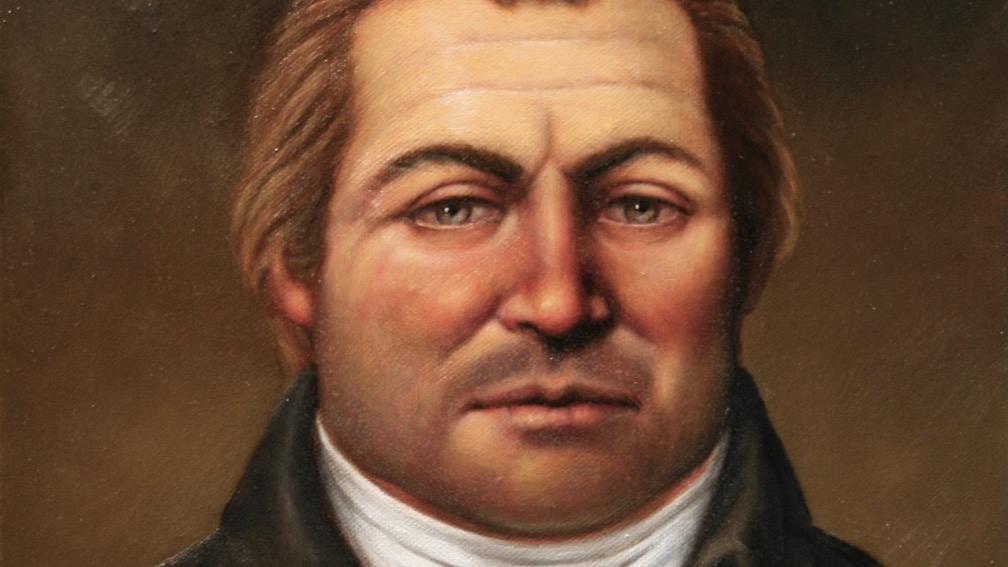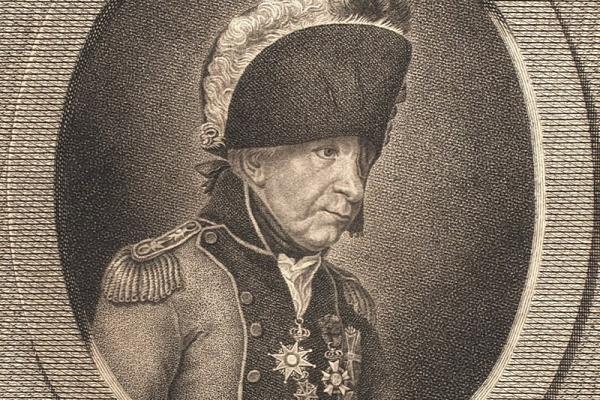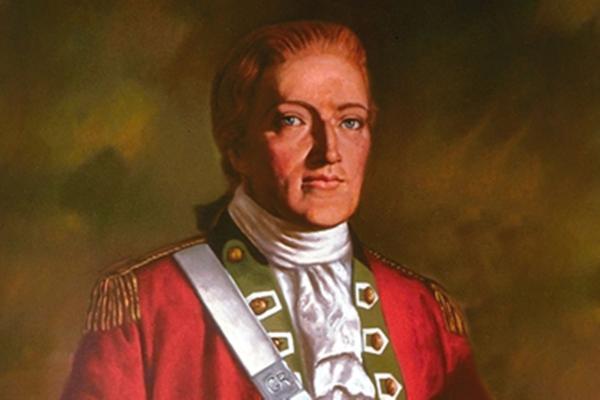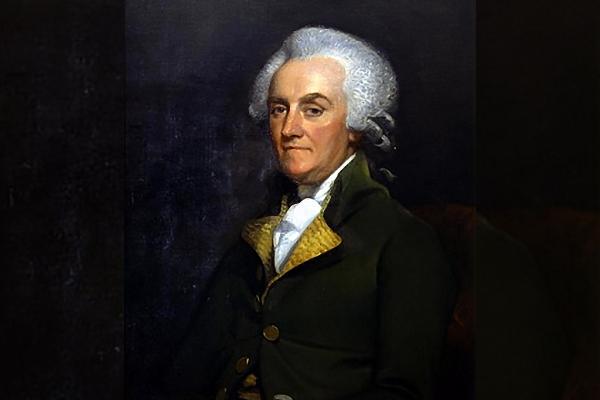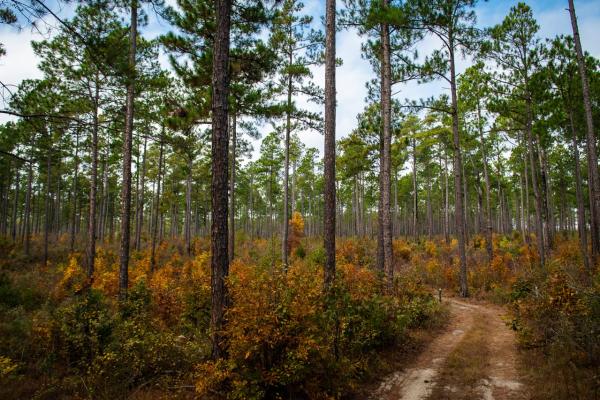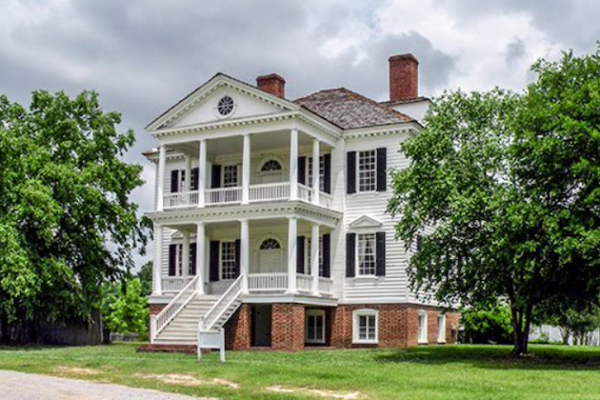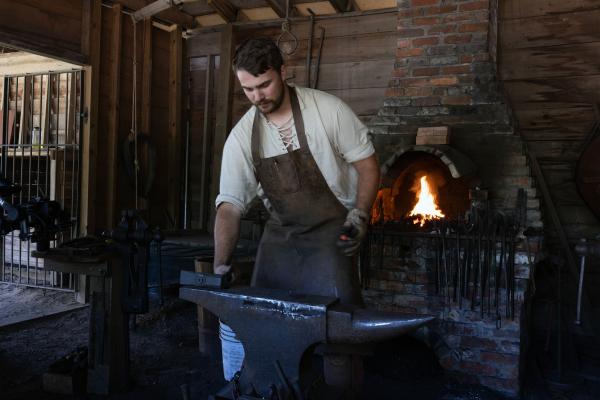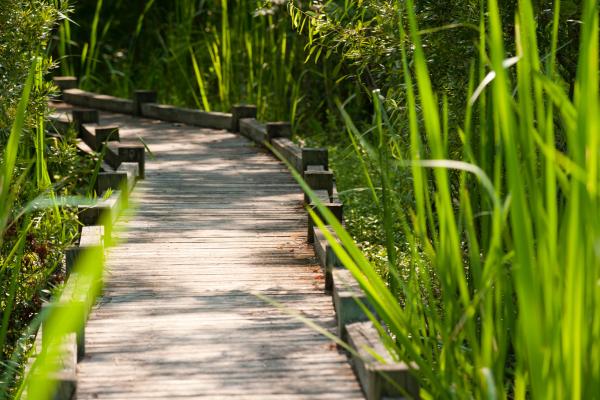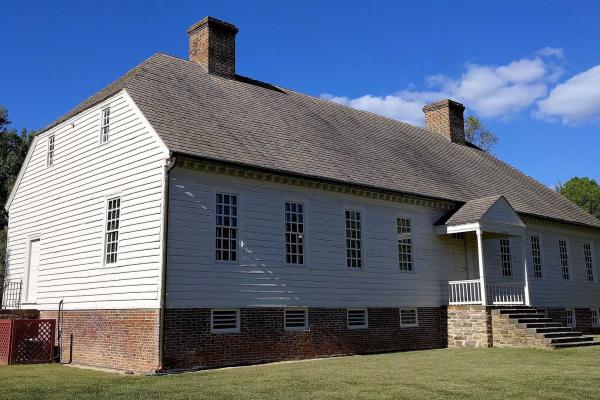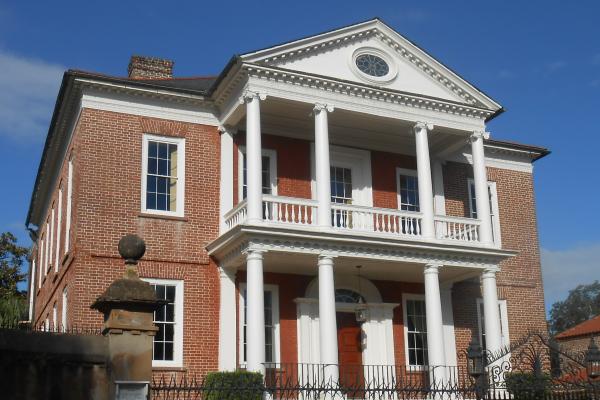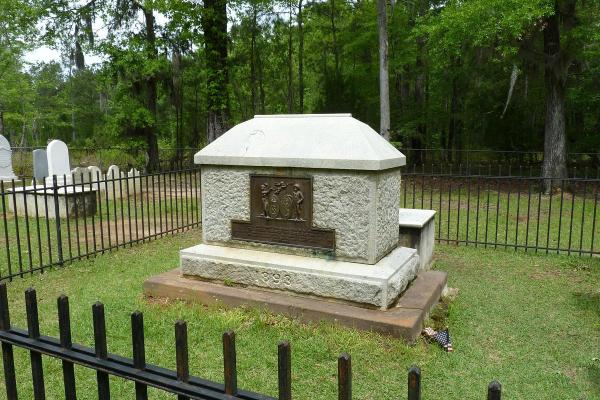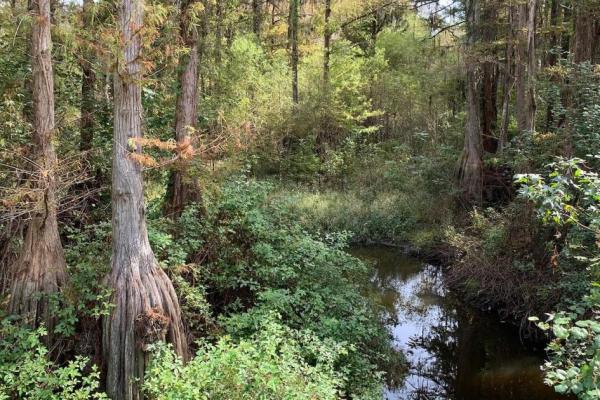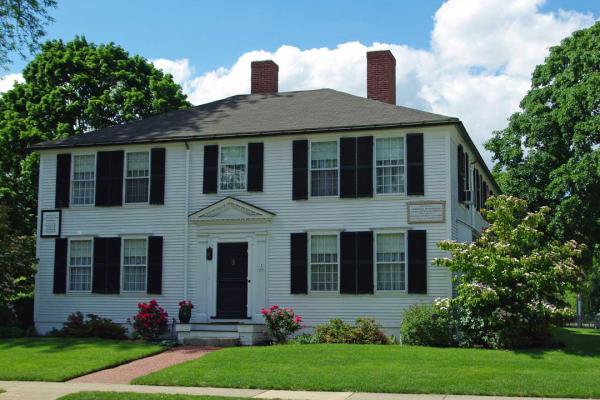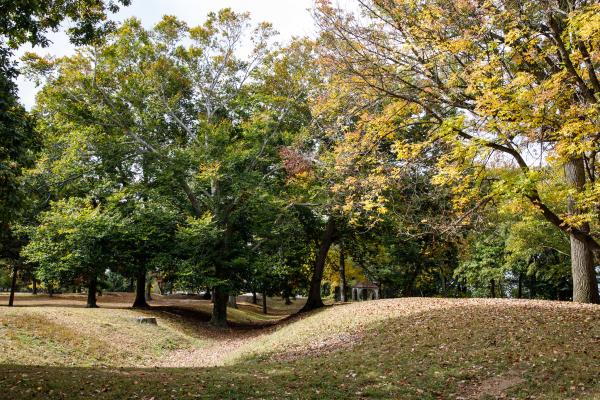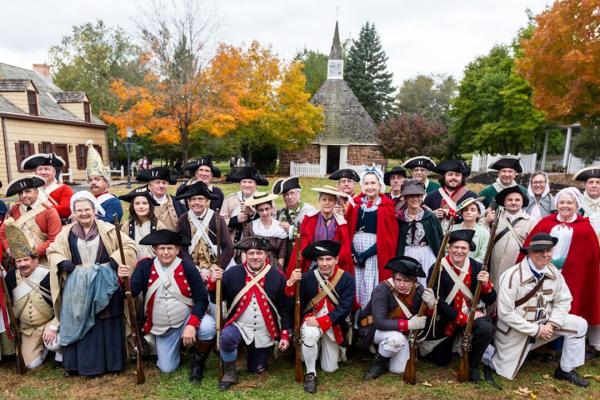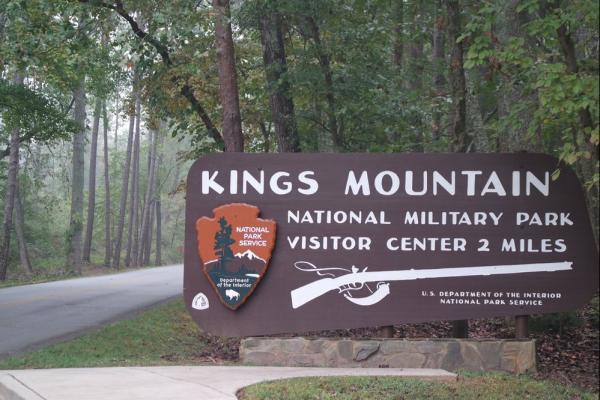Johann Ewald, a Hessian captain, served in several significant Revolutionary War battles, including White Plains, Bound Brook, and the failed attack on Fort Mercer. He later fought at Yorktown, where he surrendered with the British forces. His detailed wartime diary and maps provide invaluable insights into his experiences in America.
Ferguson, inventor of the Ferguson rifle, commanded a group of Cornwallis' Loyalists he had recruited. Ferguson threatened to invade the mountains beyond the legal limit of settlement westward. The locals organized a militia and fought against the loyalist forces on October 7, 1780 in the Battle of King’s Mountain.
Rebekah Howe Fiske Merriam, a witness to the fighting during the Battles of Lexington and Concord, lived through significant personal and historical events, later remarrying and passing away in 1845.
William Franklin, the loyalist governor of New Jersey and son of Benjamin Franklin, remained devoted to Britain throughout the American Revolution, even as his father supported the revolutionary cause.
Uncovering History
We invite you to visit the preserved locations along the Liberty Trail and to immerse
yourself in the extraordinary events that determined the fate of a nation.
